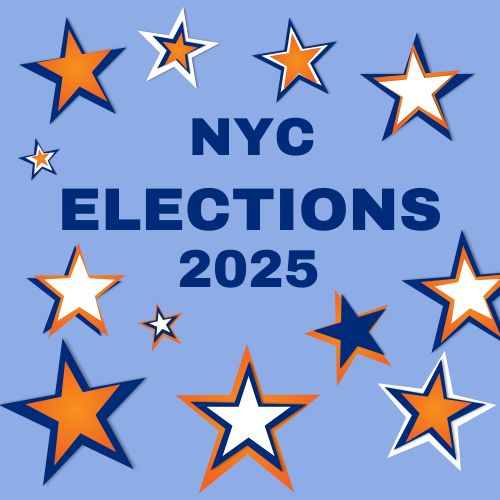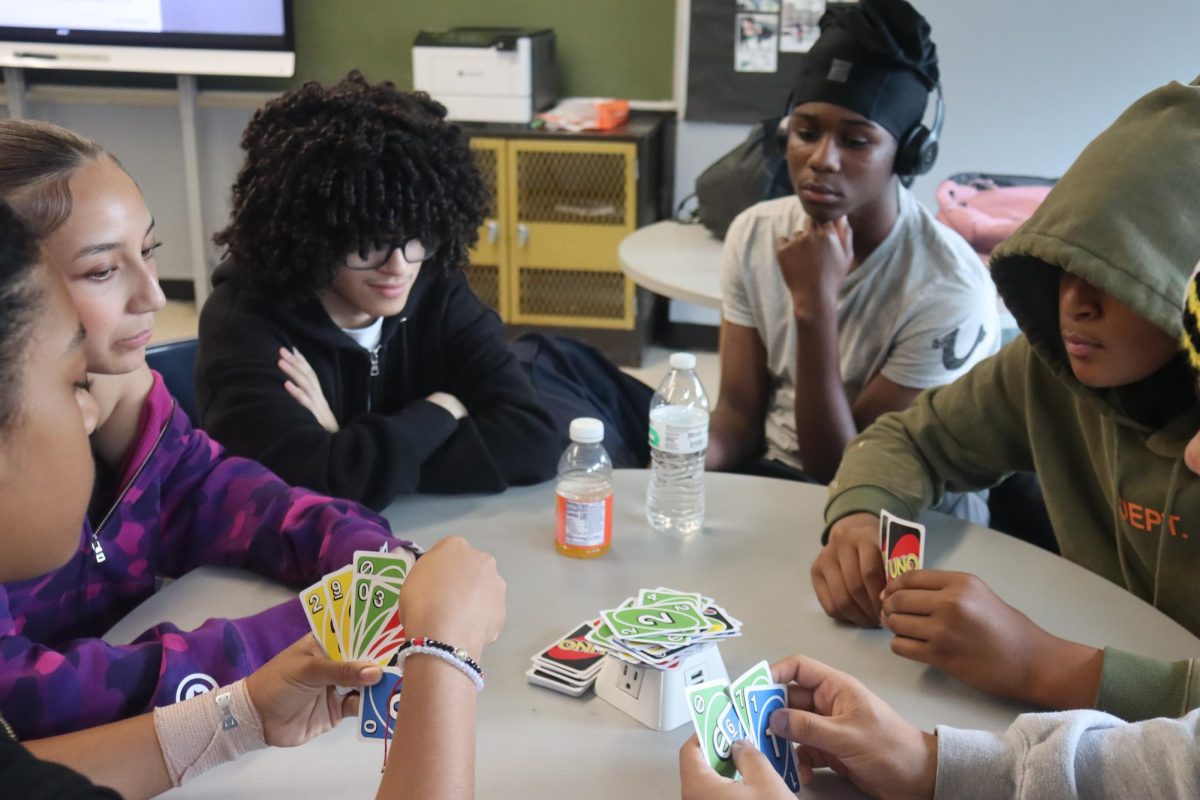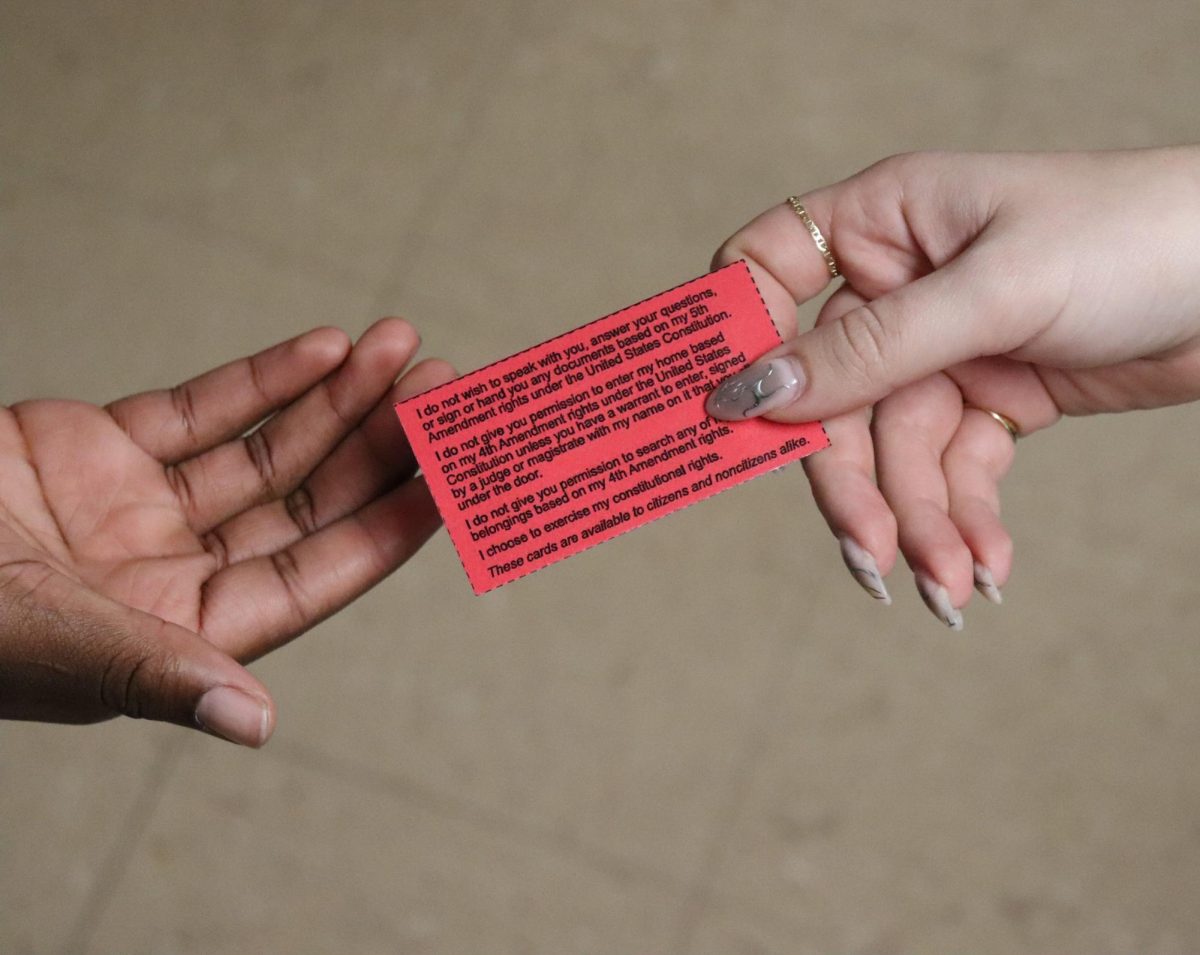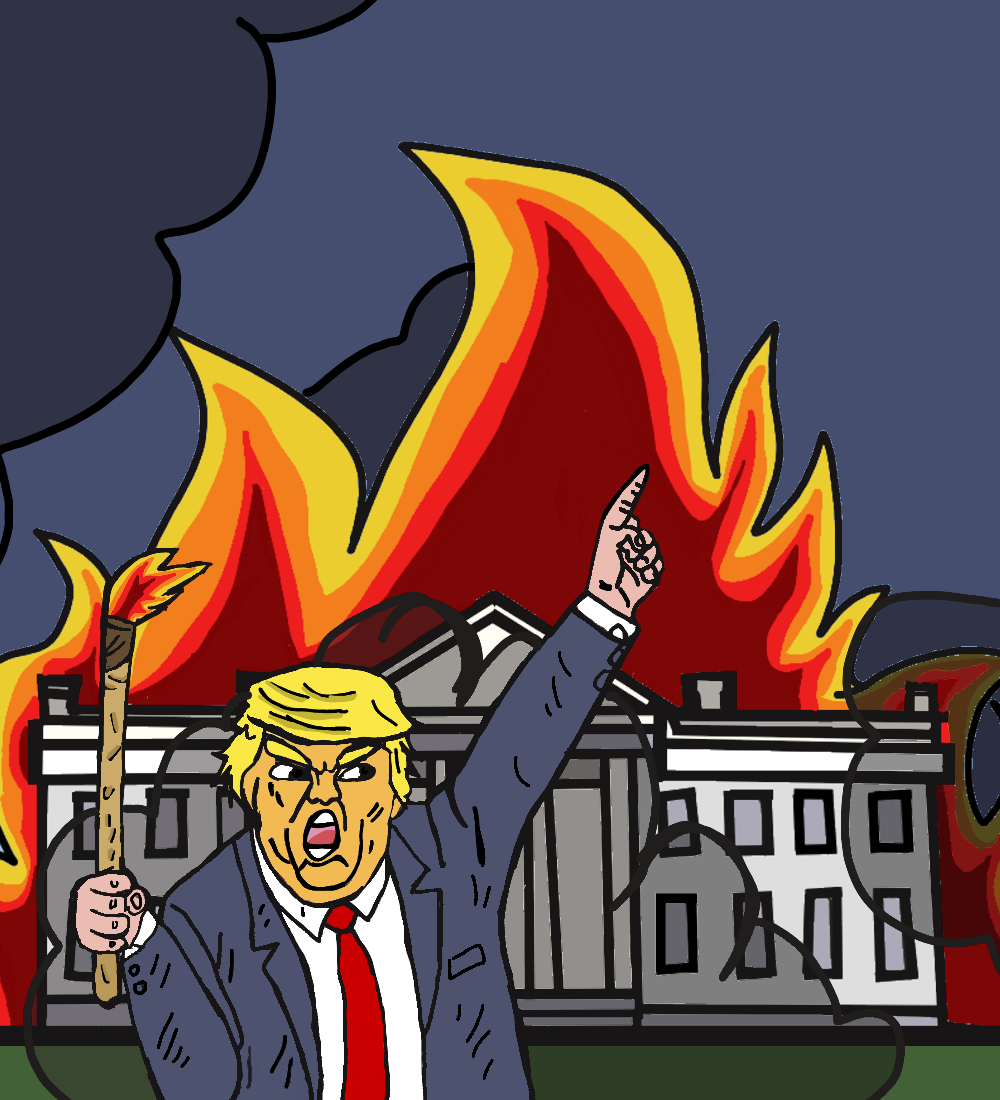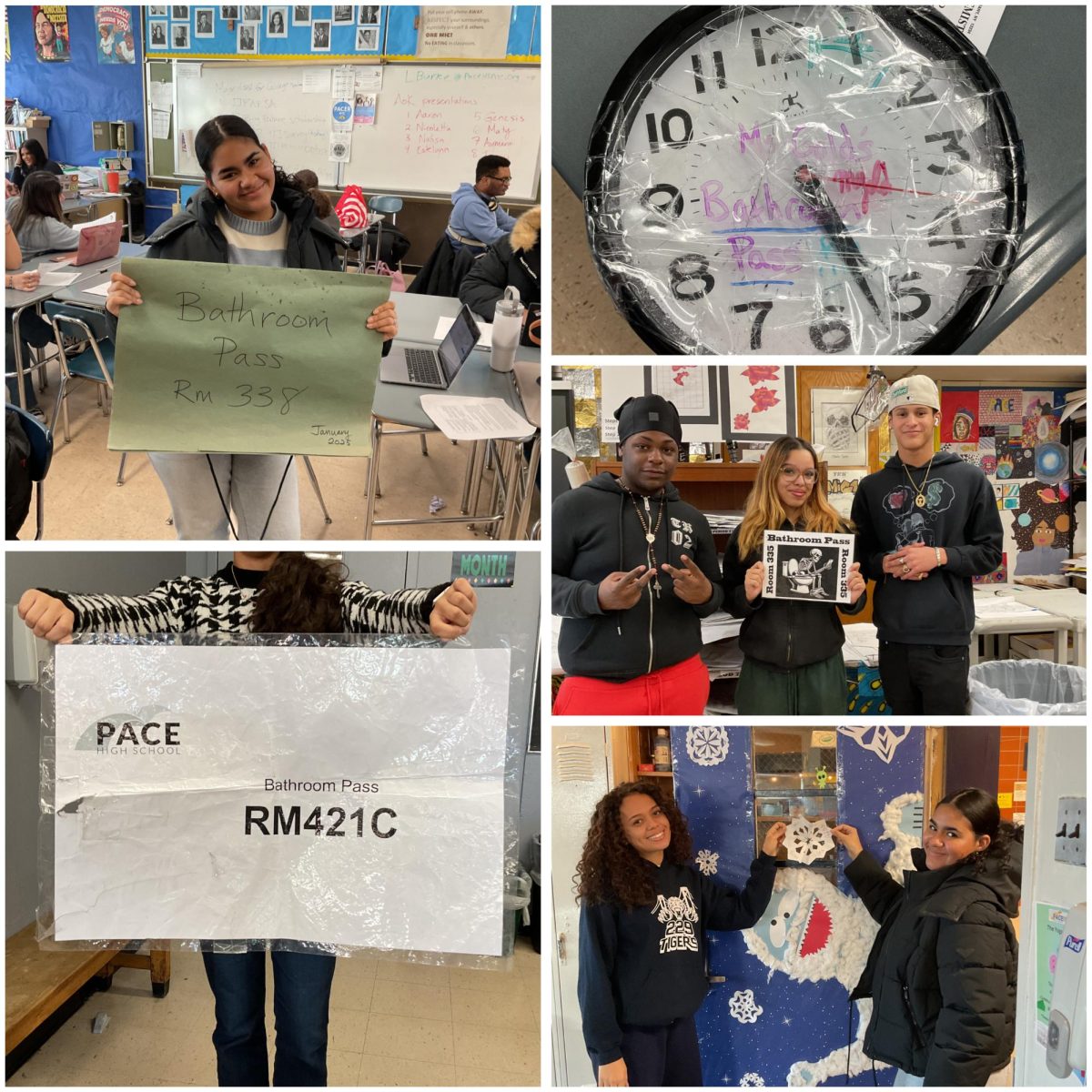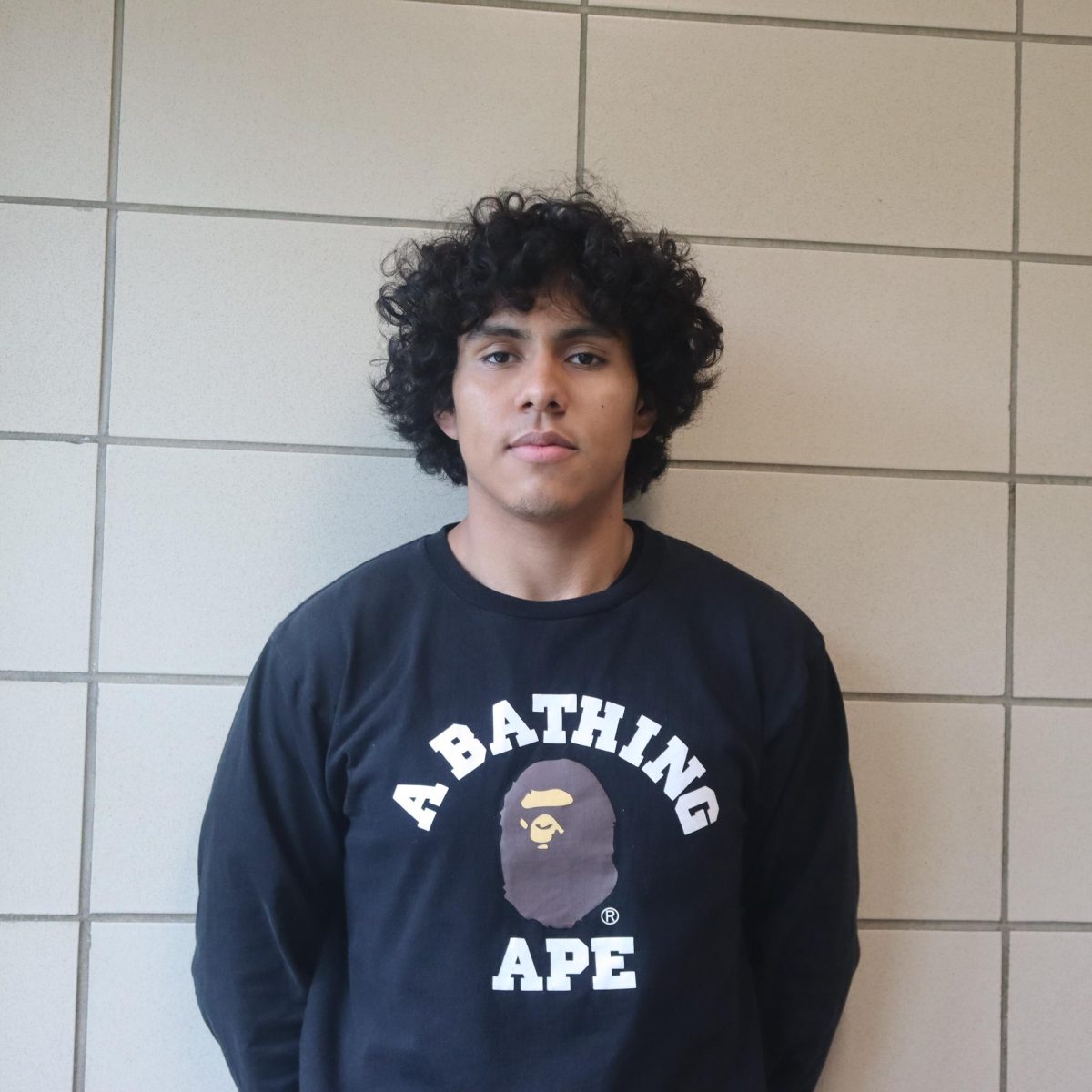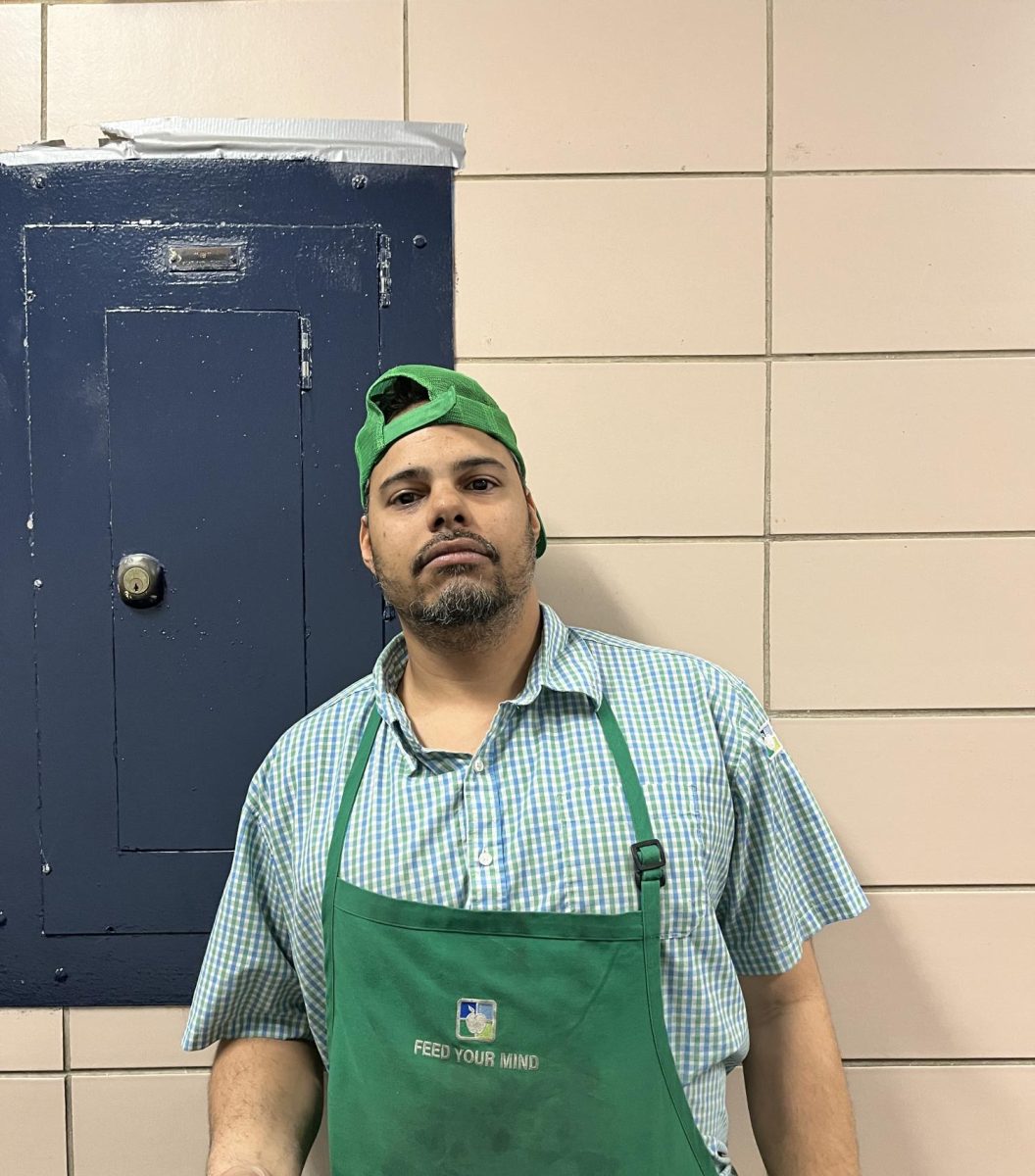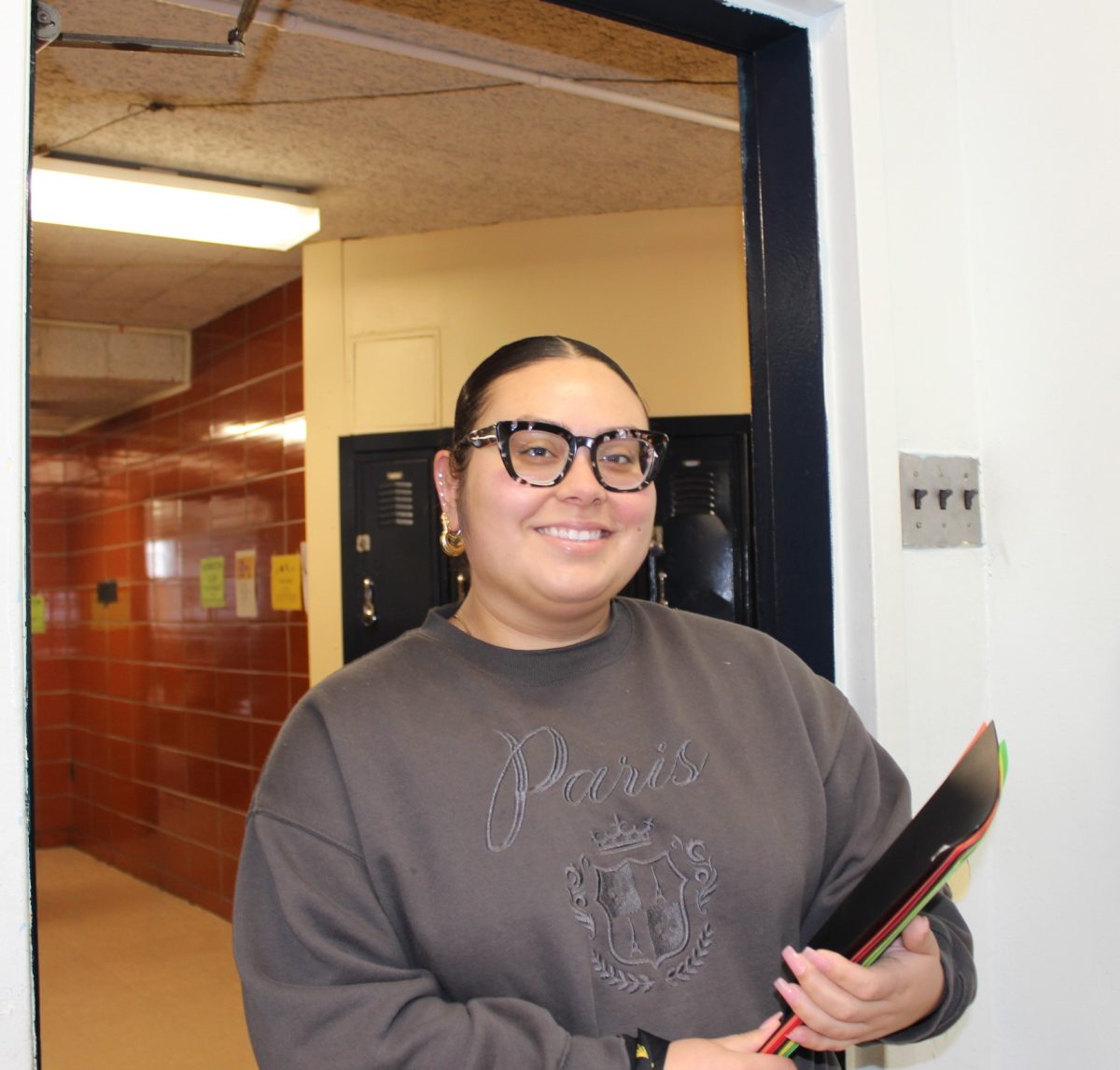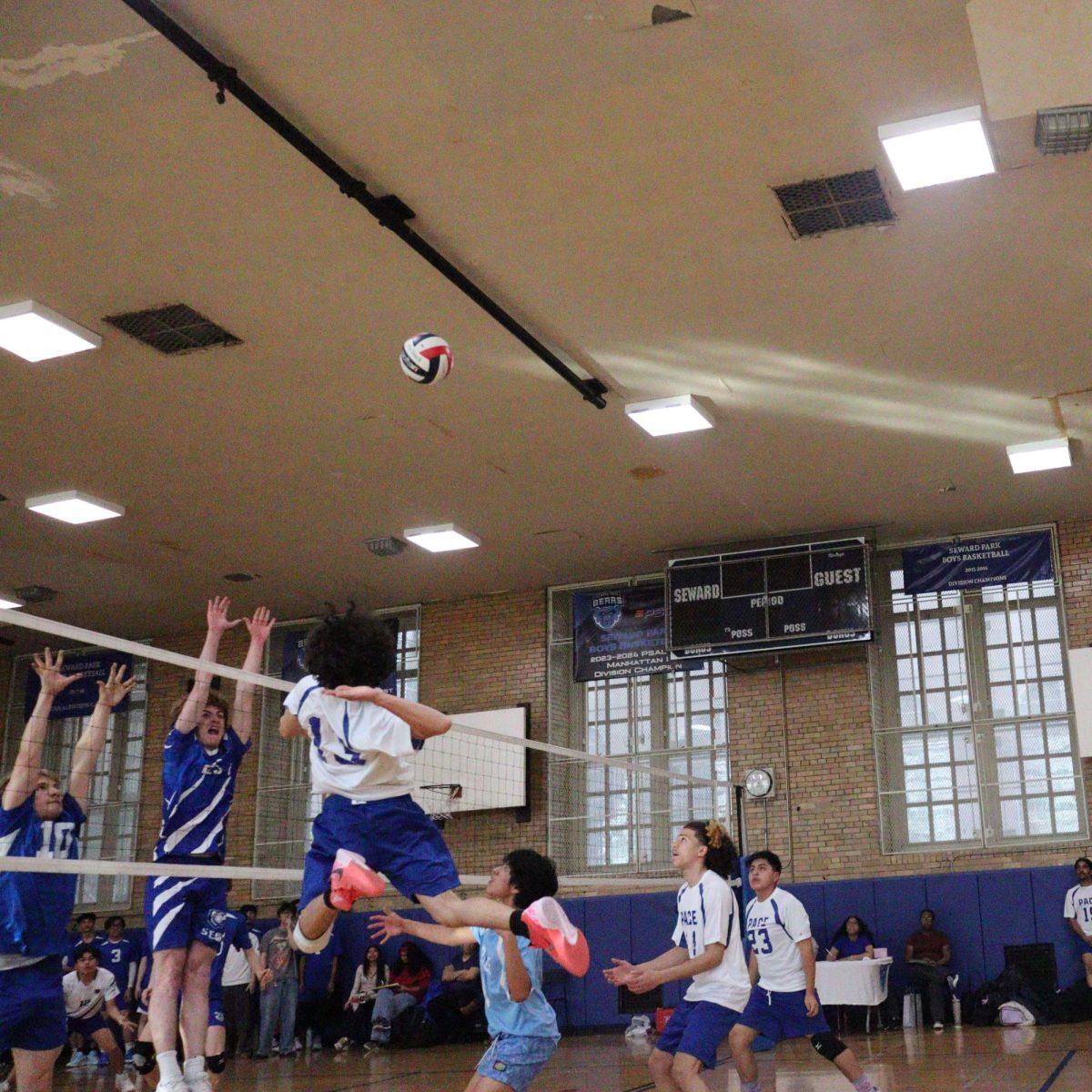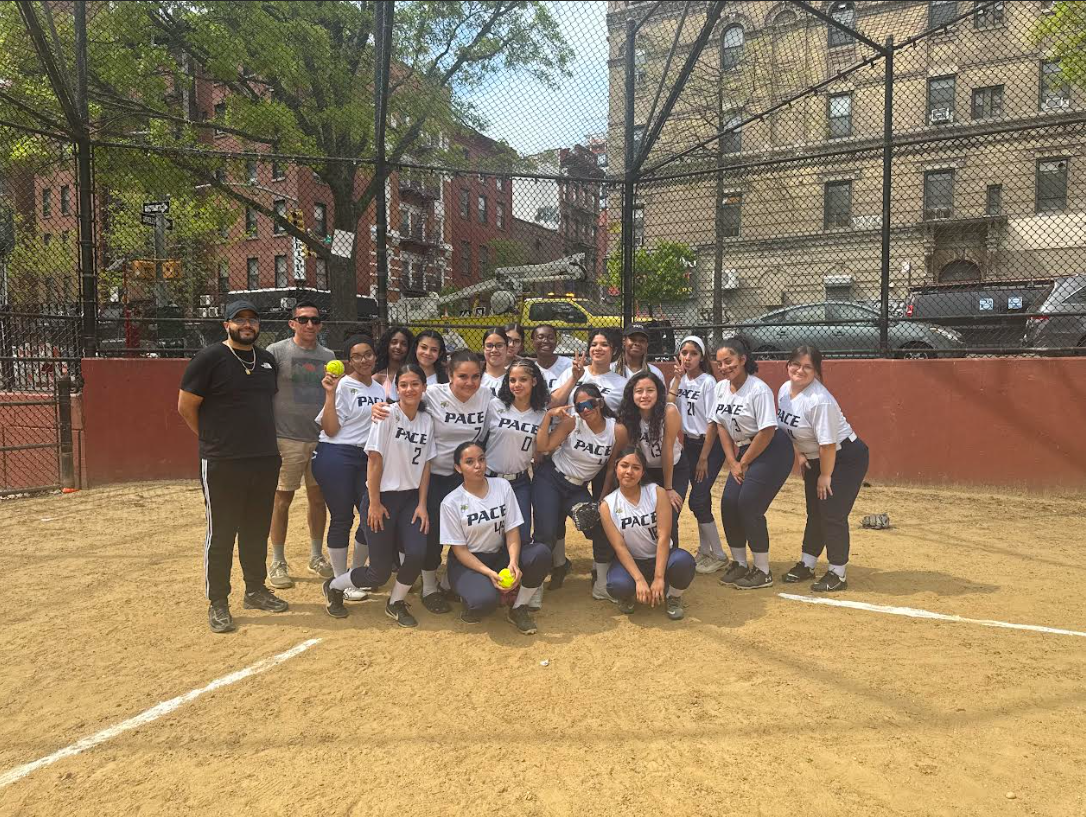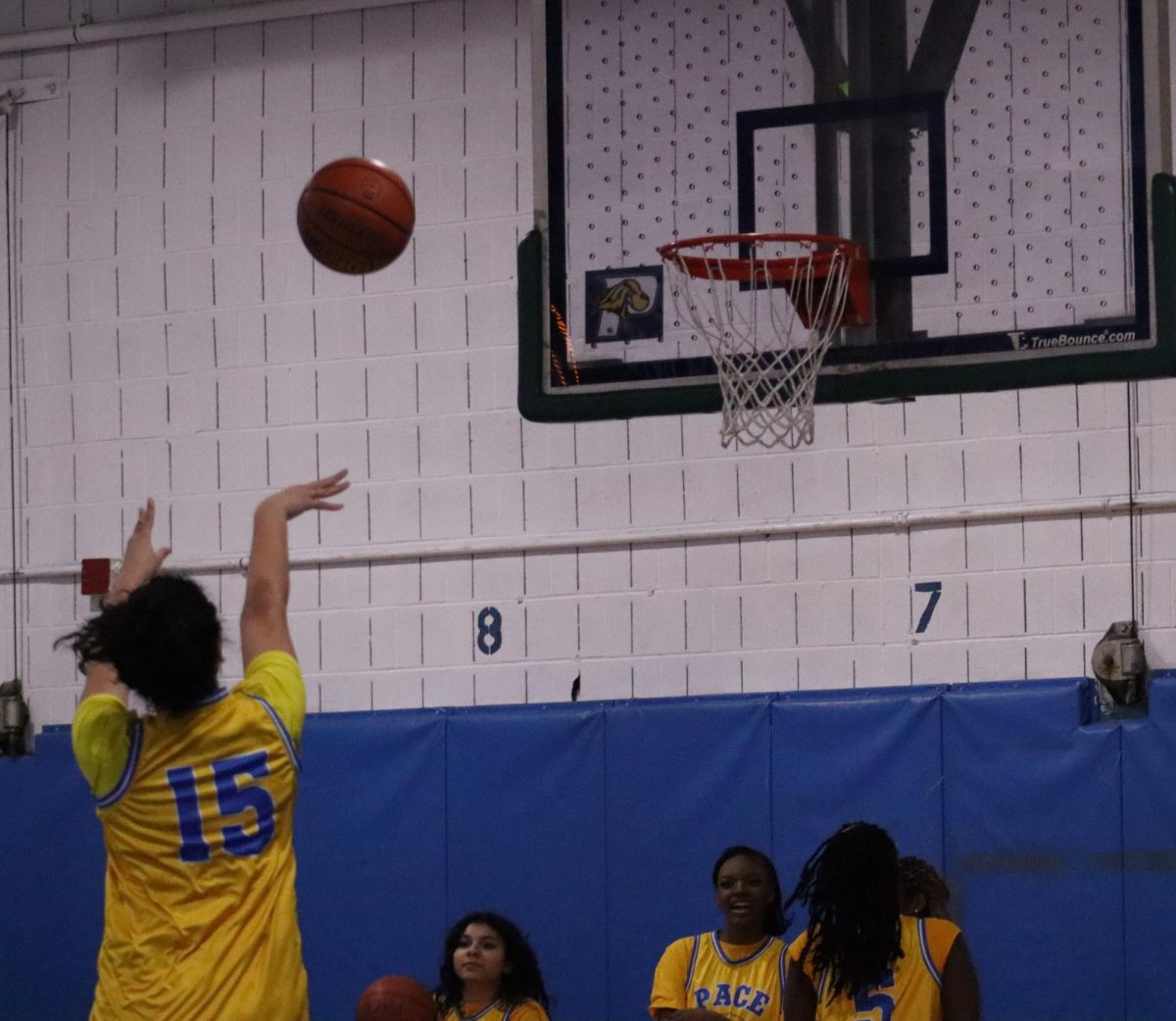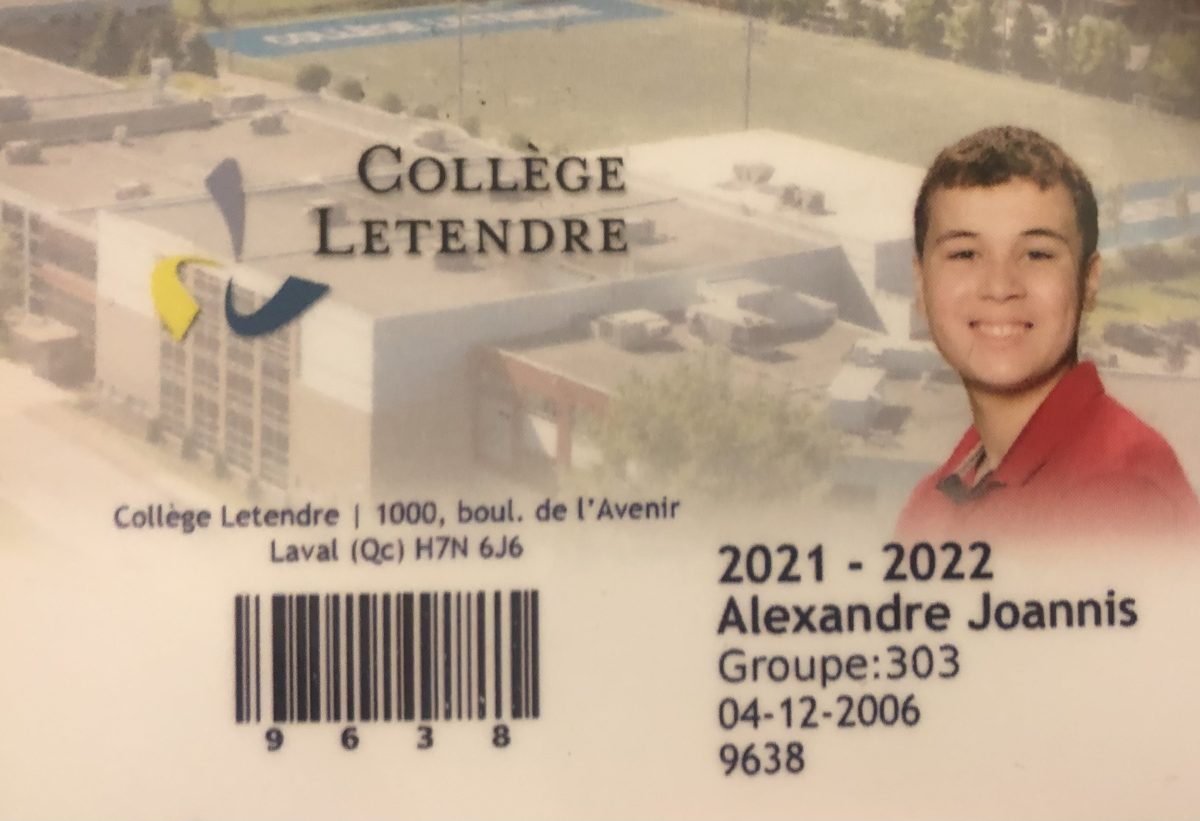After spending two years in the Montreal school system, and then another two years in the New York City school system, I can confidently say that the New York City schools are much easier.
Even though that is the case, English wasn’t easy for me to learn. The summer before coming here, I stayed with my immigrant grandmother who doesn’t speak French and speaks broken English. One of the ways English was taught to me was teaching me English words like the days of the week.
The educational systems of New York City and Montreal show us how different two cities and countries can be from each other even though they are only six hours away. The biggest differences between my school experiences are in the language, the school curriculum and the grading systems.
Language is one of the main components that plays a pivotal role in the educational divide between New York City and Montreal. In New York City, English is the primary language to students, but the city offers a lot of options in terms of language learning. Schools that have a bilingual educational program cater to a wide range of language groups.
In Montreal, French is the primary language taught because there are laws set by the provincial government that all children must be educated in French until the end of their secondary (high school) studies. Although this is the case, there are a few English schools, and their numbers are decreasing every year. The reason for this being that there are strict regulations on who can go to these English schools. The provincial government does this to preserve Quebec’s French dialogue. This focus on making students learn Quebec’s French dialogue helps create a strong sense of identity, but poses a challenge to immigrants.
One of the main reasons that the New York City educational system is easier is because languages with vastly different sentence structures and grammar rules can be challenging. I personally find structure and grammar rules harder in French, than in English. French, with its gendered nouns and complex verb conjugations, does present some hurdles. Though these are small hurdles it still makes the language a bit harder to understand.
Pace utilizes the mastery-based grading system, which is as simple as X equals 50, N equals 55, A equals 65, M equals 85 and E equals 100. In which static letter grades on one-off tests and assignments are jettisoned in favor of detailed feedback that students use to revise their work as they progress toward mastery of clearly defined skills.
Montreal uses the classic numeric system which is as simple as the teacher can put any percentage between 0 to 100. This means each assignment regardless of size, type, or complexity is given a percentage score, then the overall grade for the class is then typically weighted so that the final grade represents a stated proportion of different types of work. Lastly, a small difference is that to pass you have to have at least a 60% in Montreal, but in New York City you have to have at least 65% to pass.
Another reason why I find the New York City school system easier is because of the mastery-graded system. This system allows students to have high grades easier because there are only five grades you can have. Meaning that if you get 4 out of 5 questions and get 80% your grade will be 85%, although this doesn’t seem to be a lot, as the grades compound the harder it is to get your grade back up.
In conclusion, my experience between Montreal schools and New York City schools helped to show differences in the language, curriculum, and grading pratices. While I do find New York City schools to be easier for me because of the grading systems and language flexibility, I do think the Montreal school system presents many benefits. My journey helped underline the importance of understanding and adapting to diverse academic environments. Ultimately, all these experiences helped me refine my academic resilience and adaptability, preparing me for college.

